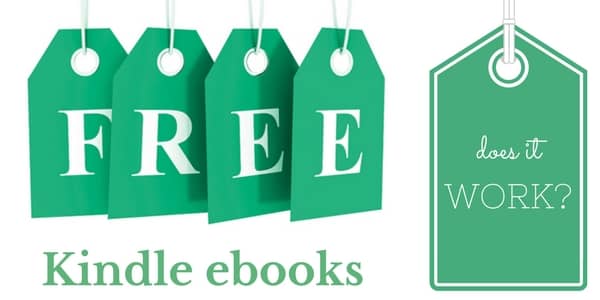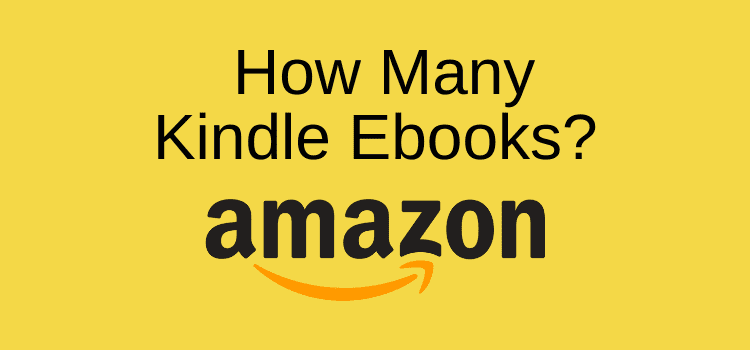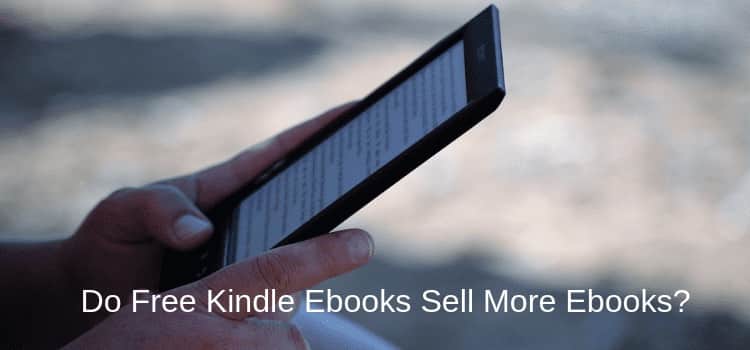
Ebooks are price-sensitive, so what is your Kindle ebook pricing strategy?
If you have set your ebook selling price and not changed it since you first published it, perhaps it’s time to take another look at your list price.
If book sales are not rolling in the door for you, it’s probably a good time to review your pricing.
Ebooks are a retail product, and if you think for a moment about retail stores of any kind, prices never remain static. A pricing model is about what a consumer perceives.
Consider your book price
There are always sales, discounts, and price reductions.
In the case of chain stores, a product’s price differs from one store to another, depending on its location and customer demographic.
Retail pricing is fluid and flexible.
With ebooks, it is very easy to change the selling price and pricing method. You can experiment with a range of prices and pricing strategies.
All of which may help to increase your ebook sales.
7 Kindle ebook pricing strategy ideas to try
For published authors, you aim to sell more books. So at whatever price you can manage to sell ebooks, it is a good price.
Don’t worry about your KDP 70% royalty rate or whether you are at the high or low end of ebook pricing between $2.99 and $9.99.
Changing your price should be a part of your book marketing. You can change your price any time you want and as often as you wish.
Here are some suggestions you can try to help increase the sales potential of your ebook.
1. Down and Up
This method may help you find the best price point for your ebook. Reduce your ebook price by $1.00 every three days until you reach $0.99.
Wait three days, then raise your price in $1.00 increments to, say, $4.99.
If you see an increase in sales at a specific price point, repeat the same exercise to check if the same pattern occurs.
If you don’t see enough sales to form a conclusion, try again with a longer frequency of perhaps five days.
2. Increase your price
It may sound odd if you are struggling with sales, but a higher price can work on two fronts.
A higher price often gives a potential buyer the sense of a better product (or ebook), and second, sales at a higher price will increase your ranking much faster.
It’s psychological pricing.
3. Different US and UK prices
These two ebook markets are very different, particularly when it comes to price sensitivity.
I wrote about the differences between US and UK ebook prices in another post and how UK ebook buyers are far more reluctant to buy ebooks priced over £1.99.
In fact, the majority of ebook sales in the UK are at £0.99.
As Amazon UK is a geo-locked store, there is no problem with offering your ebook at a lower price (economy pricing) compared to the US store, as only UK buyers can purchase ebooks from Kindle UK.
You can set different prices on your KDP pricing page by turning off the setting ‘Set UK price automatically based on US price.’
4. Make book one very cheap
If you have published a series, sacrifice the price of the first book in the series, to say, $0.99, to hook new readers.
Then set each subsequent title in steps of $1.00 more up to, perhaps, $3.99 for the latest title in the series.
It’s a common marketing ploy to help in gaining market share.
5. Price your paperback high
Amazon always compares the price of the paperback version with the Kindle version on a book sales page by putting a strikethrough line across the print book price above the Kindle price.
It makes it look like a discount on premium pricing.
Why not make it look like a bigger discount by increasing the price of your paperback?
6. Increase the price before your free ebook days
When you use KDP Select and have five free ebook days per enrollment period, increase your price before you start offering your free book.
This is especially important if your regular price is $2.99 or less.
Set your price to $3.99 or even a little higher to make your free ebook offering look like a real steal for free.
Update note: If you are enrolled in KDP Select, your ebooks are available for Kindle Unlimited readers.
Pricing your ebook a little higher could make your book look like a very good deal to KU readers too.
7. High and low
A high price will return more profit, but a low price will deliver more readers, or at least that is the common logic.
But it is worth testing to see if this is true for your ebook.
If your ebook is $2.99, try changing the price to $0.99 for two weeks, followed by two weeks at $4.99.
You might be surprised at the result of this pricing method.
Summary
There are no hard and fast rules for a Kindle ebook pricing strategy, except that doing nothing at all about it will probably result in the same.
A good approach to ebook pricing is to note the prices of popular competitive books in your genre or category.
The price will vary a lot between short stories, novellas, and full-length fiction novels.
If your price is way above or below the average, you need to think about the price of your book.
By experimenting with your ebook price, often in combination with your online book promotion, you will be taking proactive action that can only help in the long run.
The aim is, of course, to sell more copies of your ebook.
So your price is of secondary importance. Because at any price, a bestseller is a bestseller.
Would you prefer to sell 1,000 ebooks at $0.99 or 10 books at $9.99?
You can change your book’s selling price as often as you like to find the best price point.
On any self-publishing service for independent authors, all you need to do is change your price and republish your ebook.
It might be a matter of try, try, and try again.
But it is amazing what can happen when you try something new and different.
Related reading: How To Make Your Ebook Free On Amazon And Other Retail Sites




I’ve only been through a YouTube tutorial on how to use the KDP platform, but I don’t recall seeing anything in it where you were able to alter the price after you published it.
How do you do that?
Just go to your KDP dashboard and change your price. Then republish.
Instead of updating constantly, would it be better to write another book with the new content? Book 2 in the series?
what if you update the book constantly? I still want a one price purchase, but I will be updating it consistently.
Would readers who have bought your book at higher price really appreciate this price juggling? Moreover, not only does it sound like a cheap trick ro raise your ebook price before you put it on sale, but also Amazon won’t let you put your book at Kindle deal if you have recent price changes. Things to keep in mind.
There are good points in your article but I think one should not forgo consideration for readers in the name of profit.
How would readers even be aware of any “price juggling”? Those who have bought might, obscurely, become aware of a price difference, and feel they lost out on a sale. However, if the book is quality and the price difference minimal, how would that have a negative effect?